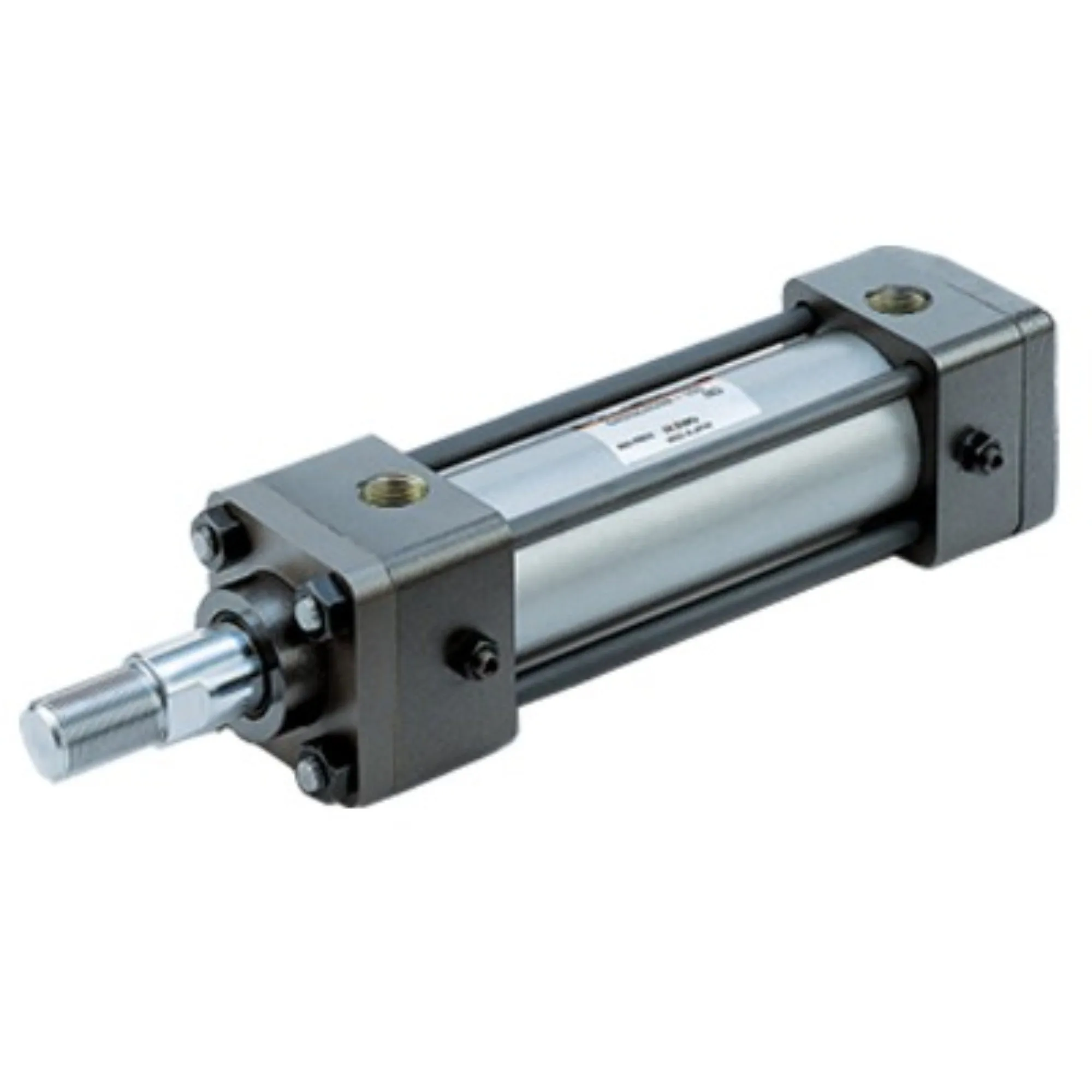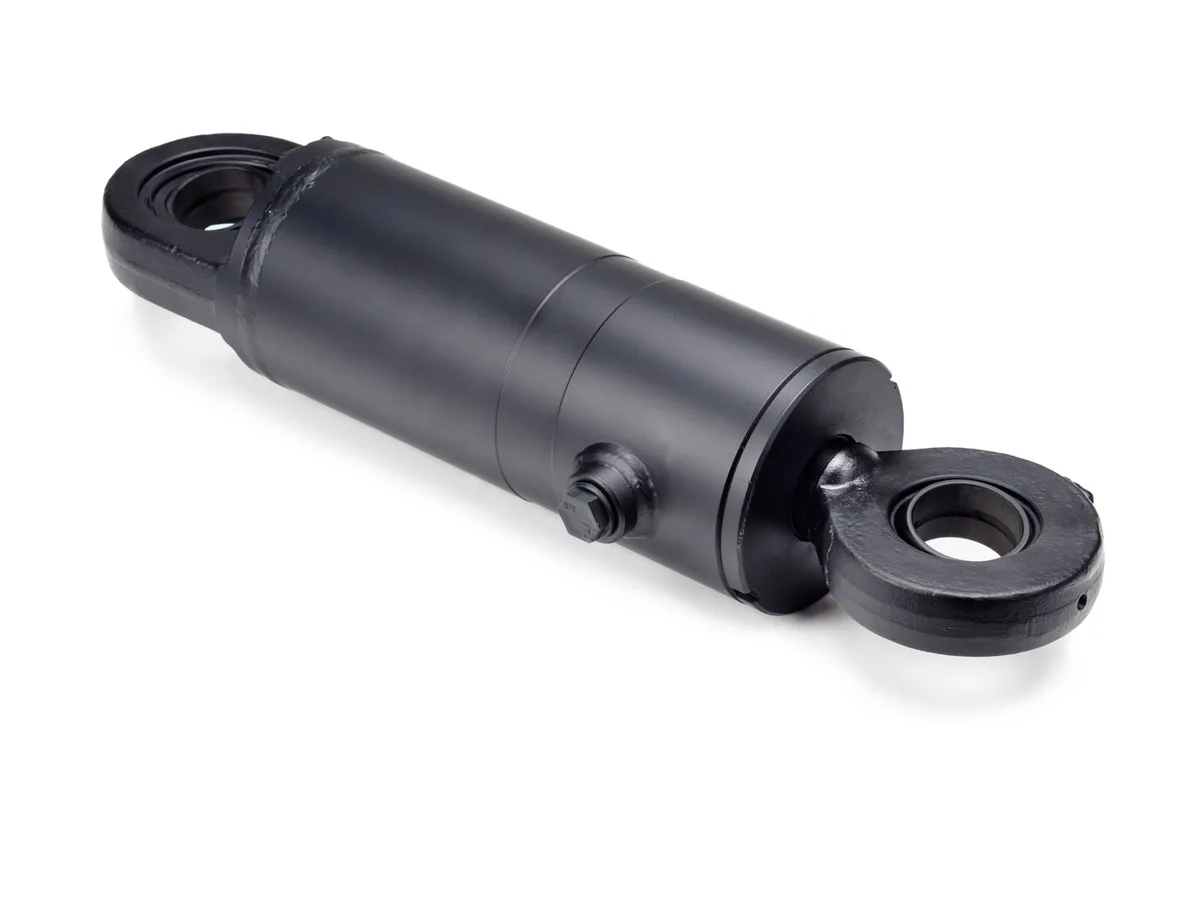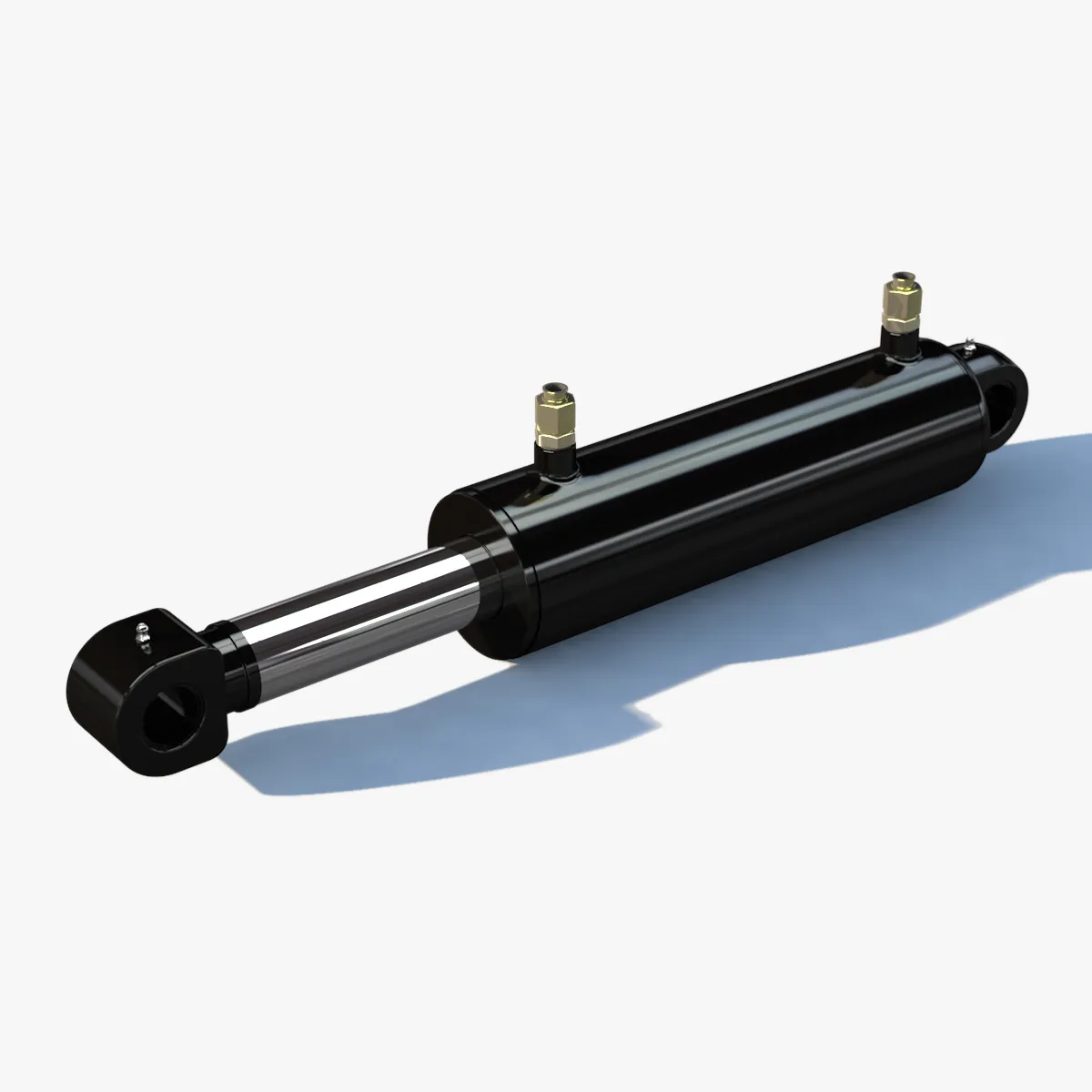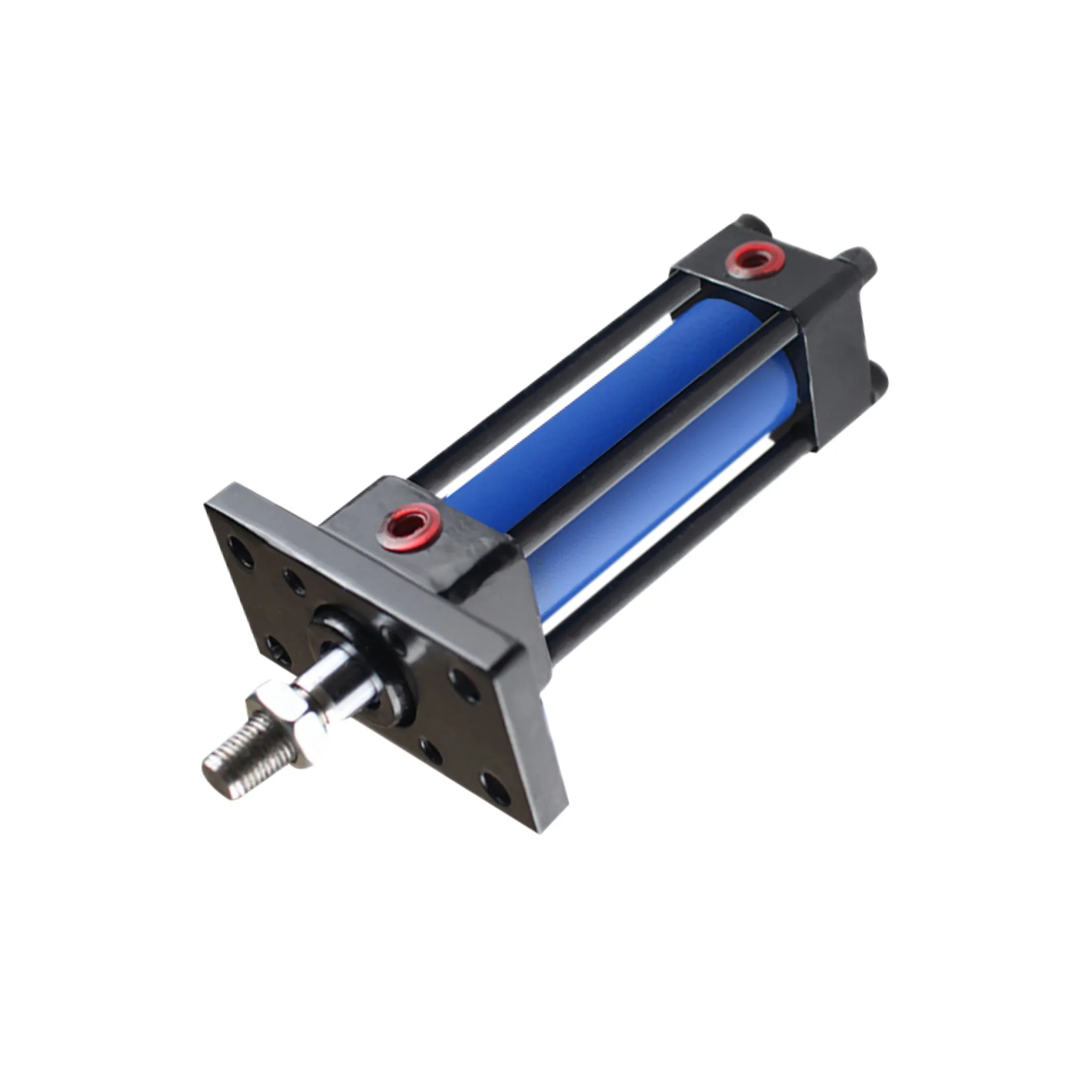Unlocking the Potential: A Comprehensive Guide to Locking Single-Acting Hydraulic Cylinders for Stage Equipment
Introduction
In the world of stage equipment, precision and safety are paramount. One crucial component that ensures both efficiency and security is the locking single-acting hydraulic cylinder. This innovative technology operates under hydraulic pressure in one direction and features a locking mechanism to prevent movement in the absence of pressure.
Design and Construction
- Locking Mechanism – Safety: The standout feature of the locking single-acting hydraulic cylinder is its ability to keep the piston securely in place even when hydraulic pressure is lost. This mechanism can take the form of a mechanical lock or a hydraulic lock, ensuring the safety of the equipment and operators.
- Variety: The design of the locking mechanism can be customized to suit specific applications, with options such as spring-loaded locking devices, pin locks, and other mechanical locks available to meet diverse needs.
- Compact Structure – Space Optimization: These cylinders are engineered to be compact, making them ideal for use in environments where space is limited. Their versatility allows them to be seamlessly integrated into various equipment and machinery.
Precision Manufacturing
When it comes to the construction of locking single-acting hydraulic cylinders, precision is key. High-precision machining of components ensures optimal fit and sealing performance, minimizing the risk of leakage. Strict quality control measures are implemented throughout the production process to guarantee the reliability of each component.

Assembly Process
- Specialized Assembly: Skilled technicians oversee the assembly process to ensure the correct installation and calibration of individual components.
- Pressure Test: Following assembly, each hydraulic cylinder undergoes a rigorous pressure test to verify its performance and tightness, ensuring optimal functionality under real-world conditions.
Working Principle
The locking single-acting hydraulic cylinder operates on a single-acting mechanism, where hydraulic oil is pumped into the chamber to extend the cylinder and push the piston outward. The crucial locking mechanism prevents the piston from retracting under load, whether through a mechanical or hydraulic locking function.
Types and Configurations
There are three main types of locking single-acting hydraulic cylinders, each offering unique configurations tailored to specific applications. These variants provide flexibility and versatility in meeting diverse operational requirements.
Benefits
- Enhanced Security: The locking feature significantly reduces the risk of accidental retractions, enhancing operator safety and equipment protection.
- Reliability: These cylinders are designed to operate effectively under heavy loads and varying conditions, ensuring consistent performance and longevity.
- Simplicity: Easy to operate and maintain, locking single-acting hydraulic cylinders are user-friendly and suitable for a wide range of applications.

Applications
Locking single-acting hydraulic cylinders find widespread use in various industries, from construction equipment to aviation, providing critical support in scenarios where stability and safety are paramount.

Design Considerations
When selecting a locking single-acting hydraulic cylinder, factors such as bearing capacity, sealing, durability, safety, and maintainability should be carefully considered to ensure optimal performance and longevity.
Sealing and Lubrication
Proper sealing and lubrication are essential for the efficient operation of locking single-acting hydraulic cylinders. Using high-quality seals and lubricants, along with regular maintenance, can prolong the lifespan of the equipment and prevent untimely failures.
Maintenance and Inspection
Regular inspection and preventive maintenance are crucial to ensuring the continued reliability and performance of locking single-acting hydraulic cylinders. By following recommended maintenance procedures, potential issues can be identified and addressed promptly.
Installation Guide
Correct installation of locking single-acting hydraulic cylinders is imperative for optimal functionality. Following detailed installation guidelines ensures proper alignment, operation, and safety of the equipment.
Maintenance Tasks
Key maintenance tasks such as regular inspection, lubrication, seal replacement, and calibration inspection play a vital role in maximizing the service life and efficiency of locking single-acting hydraulic cylinders. Adhering to recommended maintenance practices is essential for long-term performance.
Safety Considerations
Emphasizing safety measures and considering environmental factors are essential when utilizing locking single-acting hydraulic cylinders. Prioritizing safety protocols and adhering to industry standards can prevent accidents and ensure a secure working environment.
Fault Diagnosis and Solutions
Understanding common problems and implementing effective troubleshooting strategies are essential for maintaining the optimal functionality of locking single-acting hydraulic cylinders. By diagnosing faults early and applying appropriate solutions, downtime can be minimized.
Unit Power
The unit power of locking single-acting hydraulic cylinders is influenced by various factors, including cylinder diameter, stroke, operating pressure, piston speed, and load. Optimizing these parameters can enhance power output and operational efficiency.
Advantages of Optimization
Optimizing the power unit of locking single-acting hydraulic cylinders offers numerous benefits, including improved efficiency, energy savings, and enhanced reliability. By fine-tuning power management, equipment performance and longevity can be significantly enhanced.
FAQ
How does the locking mechanism in a single-acting hydraulic cylinder work?

The locking mechanism in a single-acting hydraulic cylinder prevents piston retraction under load by utilizing either mechanical or hydraulic locking functions, ensuring operational safety and stability.
What are the main components of a locking single-acting hydraulic cylinder?
The main components of a locking single-acting hydraulic cylinder include the piston, cylinder, locking mechanism, seals, and hydraulic fluid, each playing a crucial role in its operation and performance.
What advantages do locking single-acting hydraulic cylinders offer over standard single-acting cylinders?
Locking single-acting hydraulic cylinders provide enhanced security, reliability, and simplicity compared to standard cylinders, making them ideal for applications where safety and stability are paramount.
Long-Tail Keywords
1. “Enhanced Safety Locking Cylinder for Stage Equipment”
2. “Reliable Performance Single-Acting Hydraulic Cylinder”
3. “Efficient Design Hydraulic Cylinder for Stage Equipment”
Our Company
We take pride in being a leading manufacturer of hydraulic cylinders for stage equipment, offering a comprehensive product line tailored to meet the diverse needs of our customers. With a commitment to quality, innovation, and customer satisfaction, we strive to deliver top-notch products and services to the domestic and international markets.
Professional Services
Our company is dedicated to providing professional services, including international certifications, customized solutions, state-of-the-art production equipment, and reliable after-sales support. We aim to exceed customer expectations and set industry standards for excellence.
